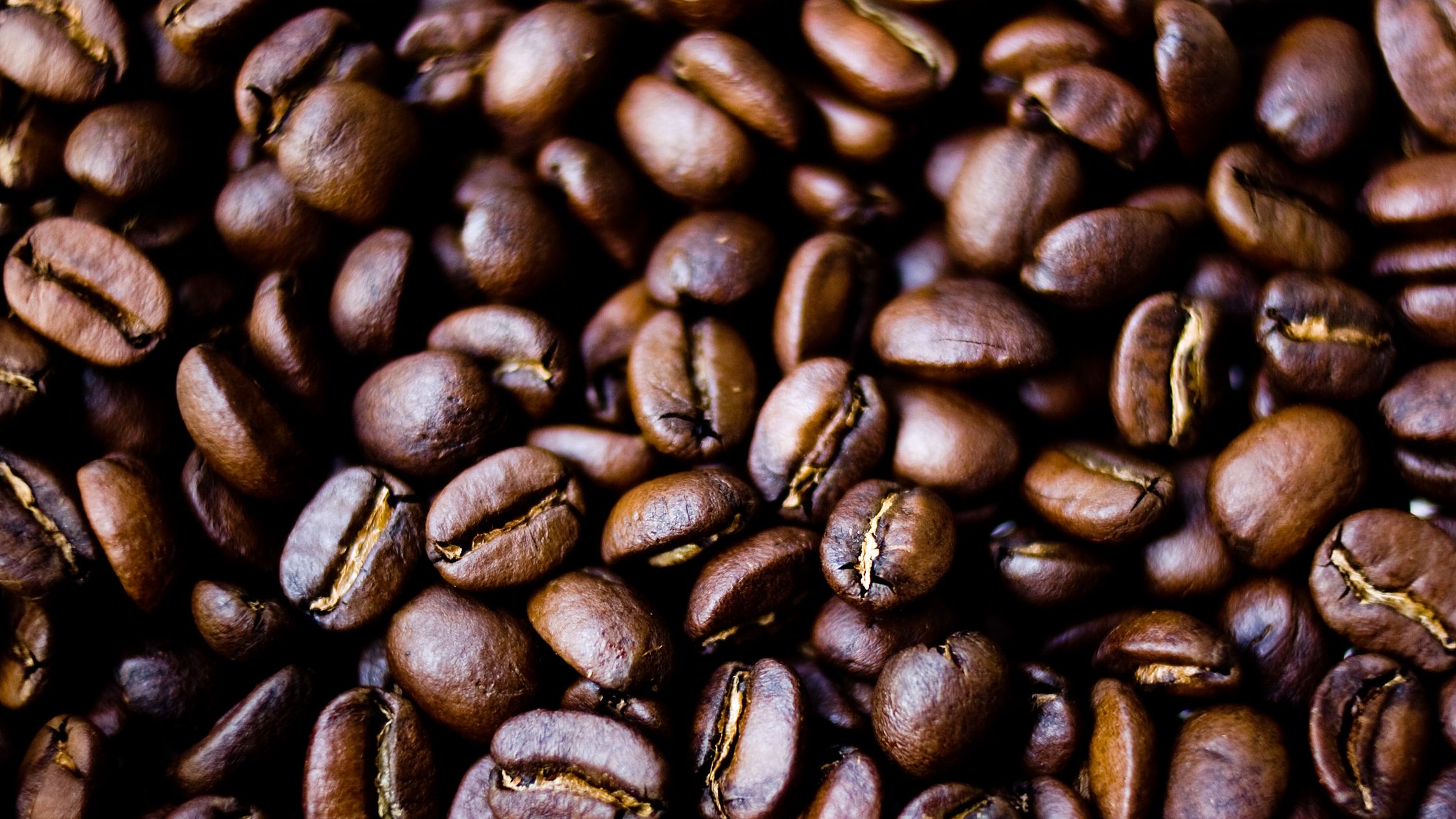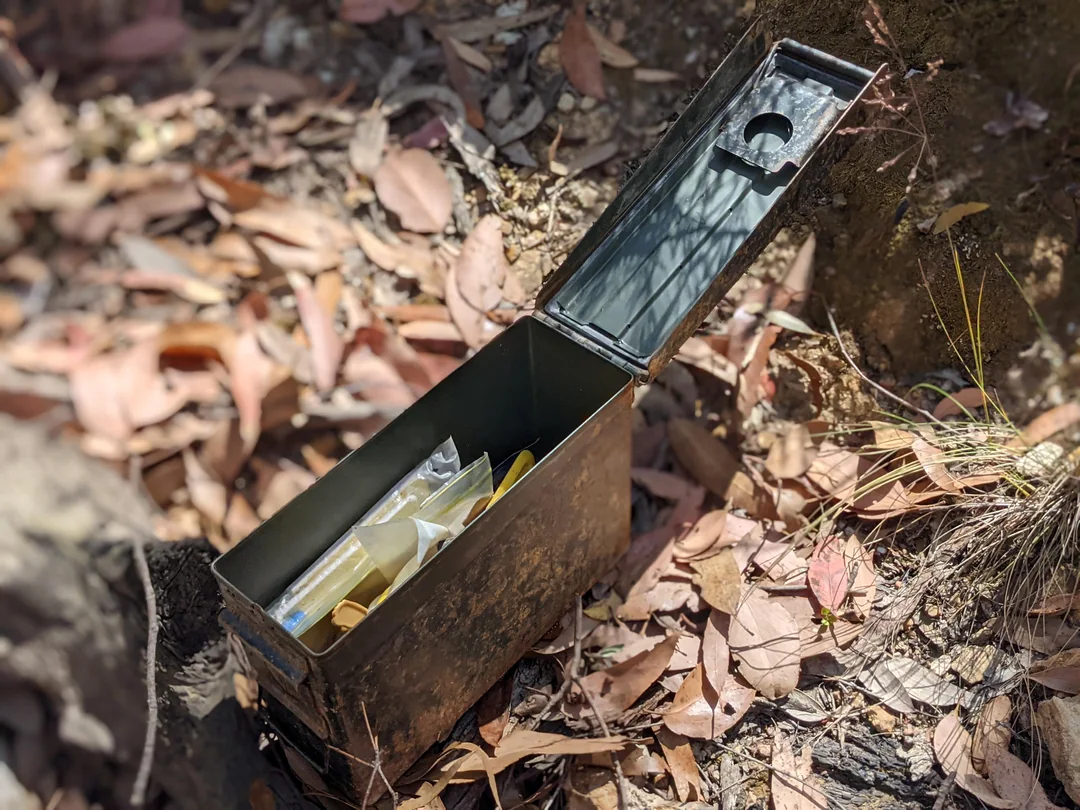- Beans: Ethiopia (Tega & Tula Specialty Coffee Estate)
- Roaster: Brewing Good Coffee Company (Savage, MD)
- Origin: Ethiopia (Kaffa Zone, Limmu, Oromia)
- Roast level: Light
- Roast date: 1/22/2025
- Purchase date: 2/9/2025 at BGCC in Savage Mill
- Process: Washed; Varietal: Ethiopian heirloom; Elevation: 1500-2000 MASL
- Tasting notes: Cocoa, spice, citrus notes with medium body and moderate acidity
- V60:
- 20g coffee / 300g water (1:15)
- Ode: 1+2
- Water at 100°C
- Recipe: Single Cup V60 Pourover with 36-40g bloom water – finishes 02:50-03:00
I’m finally getting around to checking out some of the smaller roasters around home. Savage Mill is only around 10 minutes away by car, and I occasionally bike right past it on my Sunday morning rides. Going forward, I’m going to try to put a few of these places into my rotation and return every few months or so. This place was busy on Sunday morning, and parking was a little hard to come by. The coffee here is definitely “top shelf” (and priced accordingly), but sometimes you get what you pay for. This was a complex light roast with a good bit of acidity and a lot of interesting flavors. This kind of coffee is almost like wine- not so much a “daily drinker”, but rather something to be savored. That being said, I got slightly better extraction when I brewed larger cups of it (450g vs 300g). I never strayed far from 1:15, but I’m wondering if maybe I should have tried brewing a couple of smaller cups at 1:16 to 1:18, just to see if it turned out differently. Something to keep in mind for next time.

